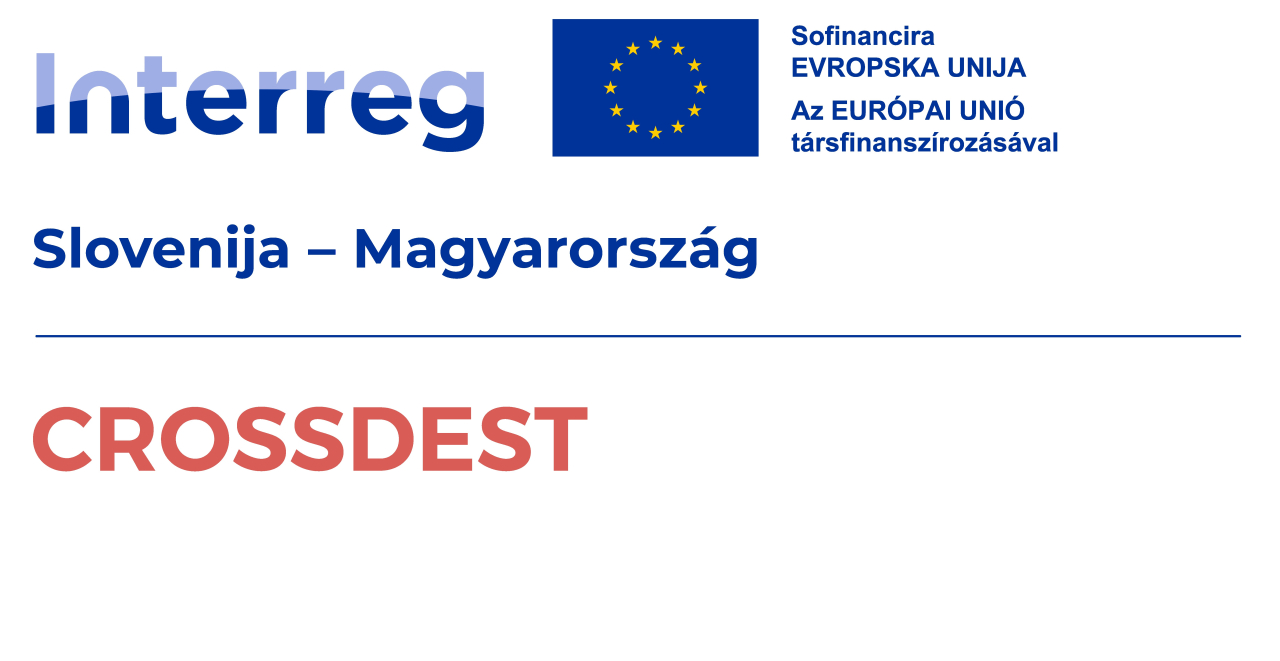Kevermes
Kevermes, located in the southeastern corner of Békés County near the Hungarian-Romanian border, has a history dating back to the Bronze Age, as evidenced by pottery fragments and Avar-era graves unearthed in 1962. The village was depopulated following the Turkish-Tatar raids in the late 16th century but was resettled in 1815 by tobacco farmers led by Sebők Tököly. Kevermes quickly developed, and its population stabilised by the mid-1800s. Today, Kevermes preserves its past through landmarks such as the Roman Catholic Church and historical monuments. Its most unique feature is a megalith discovered during ploughing on the outskirts of the village. The nearly 160-centimetre stone is decorated with carved motifs that resemble those of the megalithic cultures of Western Europe, such as the engravings found in the Gavrinis burial chamber in Brittany. The authenticity of the stone has been confirmed by laboratory tests, though many questions remain, including how such motifs ended up in Kevermes.




